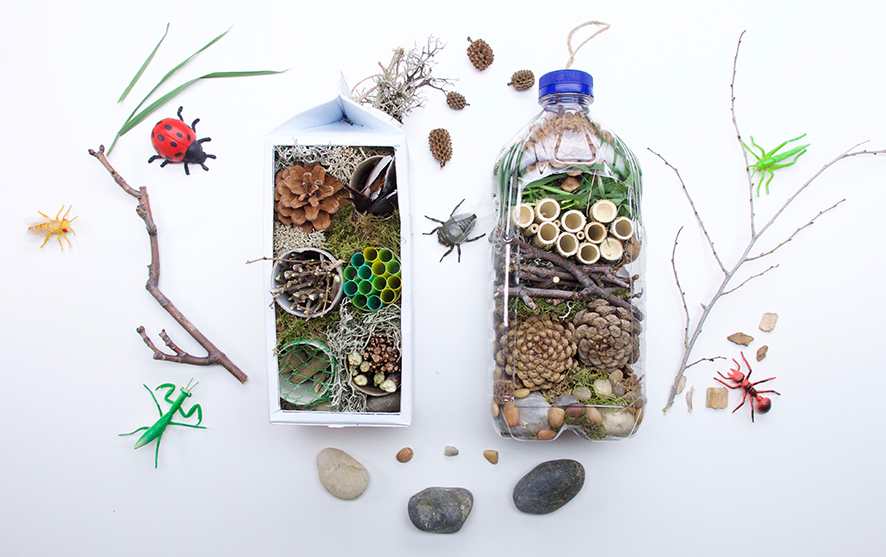Tidying up the garden grass
What you need Child-friendly scissors Some outdoor space - garden, park or grassy area Benefits [...]
Read more

For some prior research and information that will support the discussions and vocabulary you will want to introduce to your child, visit: https://www.nationalinsectweek.co.uk/discover-insects
If you have a garden space available, you could:
Be sure to encourage lots of discussion about the type of insects your hotel may attract, and therefore plan for the type of resources you may need to meet the needs of said insects. The bug hotel will be an ongoing experience, as you and your child go back to visit it and observe any bugs and insects that have made it their home!
If you don’t have a garden space, a walk to a local park or wooded area will provide a wonderful opportunity to go on a bug hunt and see what bugs are living there. Checking beneath logs and stumps of wood is often the best place to find them. Discuss the names of the bugs and insects found, where they like to live and what they may enjoy eating.